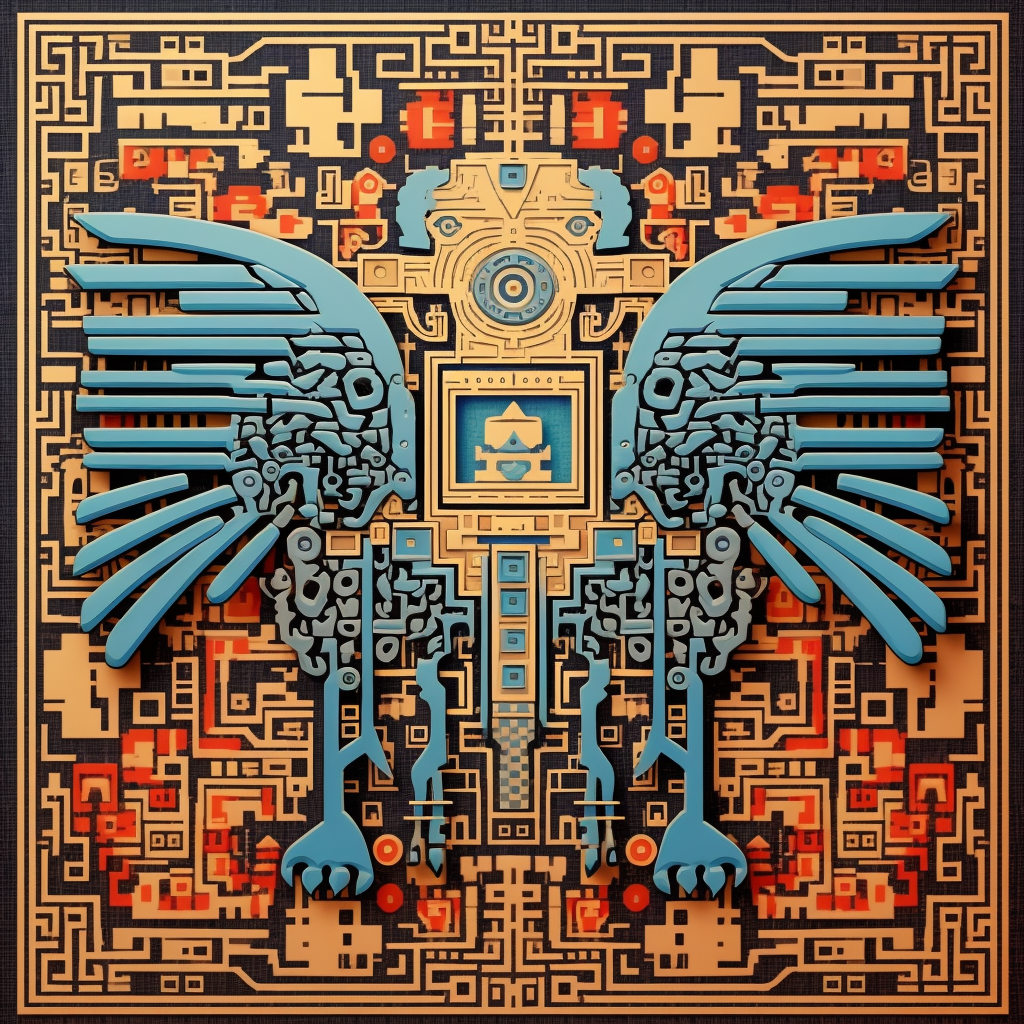From their humble beginnings in vehicle manufacturing to the augmentation of reality itself, Quick Response (QR) codes have evolved drastically over the years. Originating in Japan in 1994, QR codes transitioned from an effective tool in the auto industry to a global phenomenon, connecting the physical and digital worlds with just a scan from a mobile device.
Today, QR codes are ubiquitous, helping us order food in a contactless manner at our favorite restaurant or guiding us through a museum tour. The advent of dynamic QR codes, which can change their content based on factors such as location, time, or scan number, has opened up further possibilities, creating a tailored and interactive user experience like never before.
Taking a parallel journey, we’ve seen the rise of pervasive and location-based games. Pervasive games blur the lines between gaming and real life, often using technology to introduce game elements into physical spaces. With these games, a simple jog around your neighborhood could turn into a thrilling escape from zombies. Similarly, location-based games use technologies like GPS to incorporate a player’s physical location into the gameplay, like in the global phenomenon Pokémon GO.
These two evolutionary paths of QR codes and pervasive or location-based games intersect to create interactive experiences that are changing the way we look at our surroundings. Take, for example, an immersive theatre experience where QR codes lead the audience to hidden scenes or provide clues for a narrative puzzle. This combination of tech and physical movement can create a unique and interactive theatrical experience, engaging audiences like never before.
From a marketing perspective, the opportunities are endless. Interactive campaigns that encourage consumers to visit specific locations and scan QR codes to receive rewards or unlock exclusive content can drive engagement and brand awareness. Brands can also use dynamic QR codes to tailor content based on the time or location of the scan, offering a more personalized consumer experience.
In education, QR code-guided tours or location-based learning games can offer a fun and interactive way for students to learn about historical landmarks, museums, or even their school campus.
In the world of entertainment, alternate reality games or live-action role-playing can use QR codes to guide players, provide clues, or offer rewards.
The future of QR codes and interactive gaming looks promising. As these technologies continue to evolve and converge, we’ll be seeing more creative ways to blend the digital and physical worlds, providing more immersive and engaging experiences for users everywhere. This journey from QR codes’ beginnings in vehicle manufacturing to the potential integration with augmented reality, internet of things, and beyond is just the start, and it’s an exciting path to follow.

